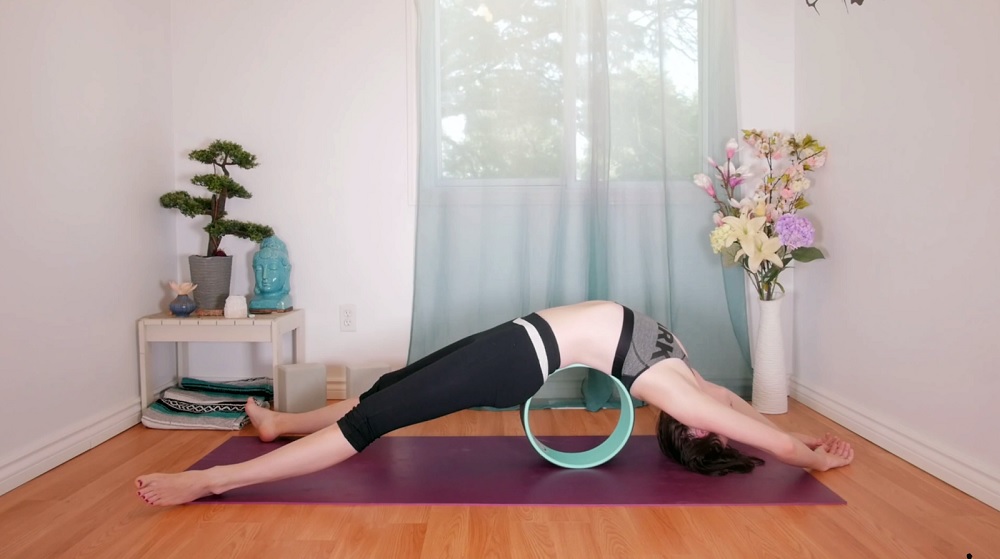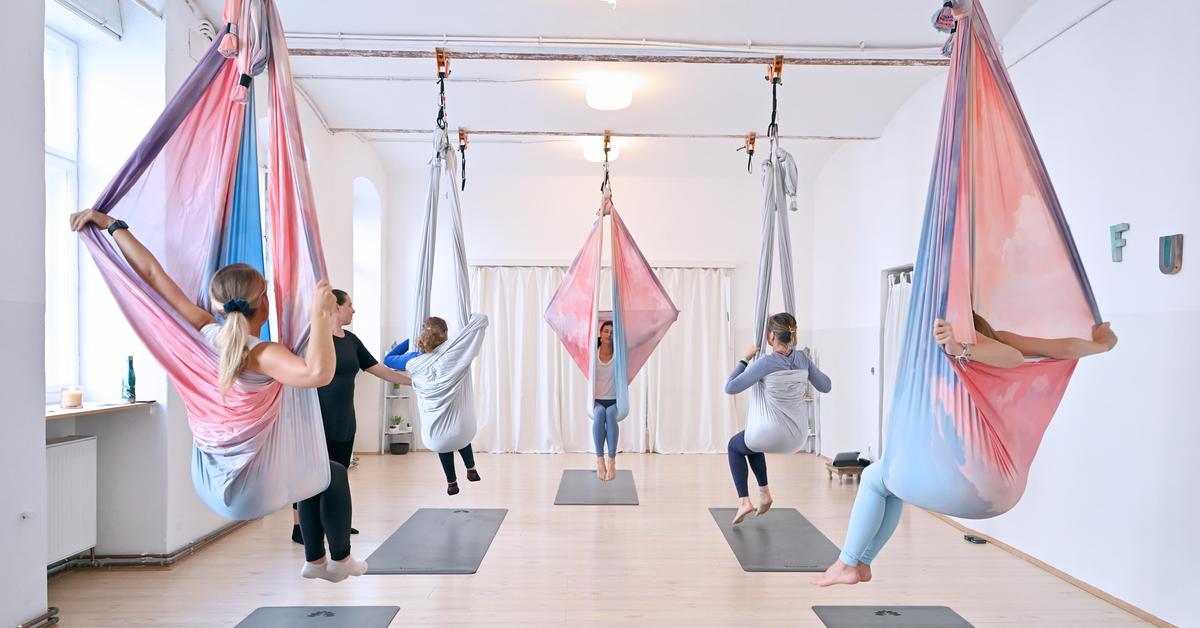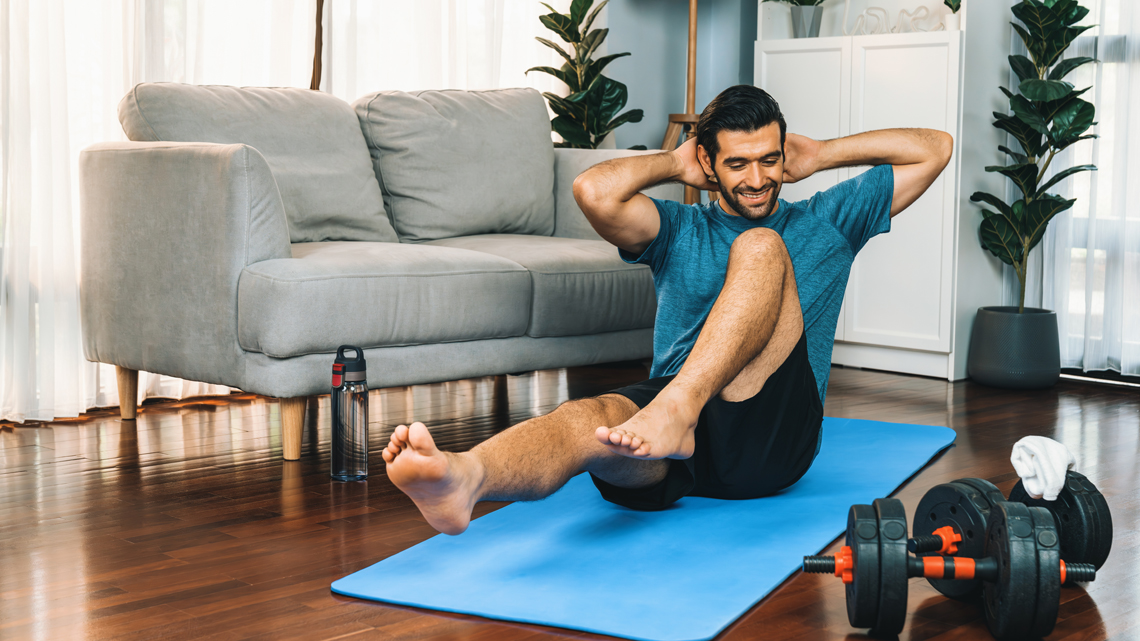Exploring the Intersection of Yoga Wheel and Mindfulness
Traditionally, meditation and pranayama practices have been approached with minimal props, focusing on internal awareness and breath control. However, with the evolution of supportive yoga tools, practitioners have found creative ways to deepen their experience. One such tool that has gained immense popularity is the yoga wheel.
Originally designed for enhancing backbends and flexibility, the yoga wheel can also be a powerful ally for those seeking to refine their meditation posture, maintain spinal alignment, and deepen their breathwork sessions. Integrating the yoga wheel into these practices offers a dynamic combination of physical support and energetic expansion, making mindfulness more accessible and comfortable.
Setting Up for Seated Meditation with the Yoga Wheel
One of the biggest barriers to prolonged meditation sessions is physical discomfort. Tight hips, a rounded back, and tense shoulders can quickly disrupt focus and cause frustration. Using the yoga wheel as a seat or support can alleviate these issues and create a more stable foundation for practice.
How to use the yoga wheel for seated meditation:
- Supported Sukhasana (Easy Pose): Sit cross-legged with the yoga wheel directly beneath the sit bones. This slight elevation allows the knees to fall naturally below the hips, reducing hip strain and promoting better spinal alignment.
- Kneeling Meditation (Vajrasana Variation): Place the wheel between the ankles and sit gently atop it. This method distributes weight more evenly across the lower legs and relieves pressure from the knees and ankles.
- Spine Support: In a standard cross-legged seat, place the wheel vertically behind your back. Lightly lean onto it to encourage an upright spine without rigidly overcorrecting posture.
The gentle support offered by the yoga wheel ensures that the spine remains tall and open, reducing fatigue and allowing practitioners to remain centred for longer durations.
Enhancing Breath Awareness through Chest Expansion
In pranayama, unrestricted breathing is fundamental. Many practitioners unknowingly constrict their breath due to tightness in the chest, shoulders, or back. Incorporating the yoga wheel into breathwork preparation can help open the thoracic cavity and encourage full, conscious breathing.
Techniques for chest expansion:
- Heart Opening Recline: Lie back over the wheel, positioning it along the length of the spine with the wheel resting between the shoulder blades. Arms can extend out to the sides or overhead for a greater stretch. This position stretches the intercostal muscles (between the ribs), creating space for deeper inhalations.
- Gentle Rolling: Slowly roll the body up and down over the wheel while maintaining steady, conscious breathing. The movement massages the spine and ribcage, releasing tight fascia that might inhibit breath flow.
- Supported Fish Pose (Matsyasana Variation): Begin seated with the wheel behind you. Carefully recline back over the wheel, letting the head and arms drape naturally towards the floor. Focus on expanding the lungs and lifting the chest with each inhale.
These preparatory practices encourage an effortless, expansive breath, setting a strong foundation for more refined pranayama exercises.
Using the Yoga Wheel to Anchor Pranayama Practice
Pranayama demands a deep inward focus, yet physical distractions such as tension or misalignment can pull the mind outward. The yoga wheel serves as a physical anchor, helping to ground and stabilise the practitioner during advanced breathwork.
Practical applications:
- Mudra Support: Resting the elbows on the yoga wheel during seated pranayama makes maintaining mudras like Chin or Vishnu Mudra more sustainable, especially during longer sessions.
- Back Support: Placing the yoga wheel vertically behind the spine allows for slight lean-in support, relieving muscular effort and allowing energy to flow more freely during retention phases like Kumbhaka (breath retention).
- Pelvic Tilt Correction: Sitting with the pelvis lightly supported on the wheel can correct anterior or posterior tilts, ensuring optimal diaphragmatic movement during pranayama.
Subtle physical alignments facilitated by the yoga wheel can significantly enhance the depth, quality, and sustainability of breath control techniques.
Mindfulness Practices with the Yoga Wheel
Beyond physical support, the yoga wheel offers a sensory focal point for mindfulness exercises. Its texture, curvature, and gentle instability can sharpen body awareness and tether the wandering mind during meditation.
Suggested mindfulness activities:
- Breath-to-Movement Awareness: Sit atop the yoga wheel and focus on the gentle micro-movements caused by your breath. Notice how the wheel subtly rocks with each inhale and exhale, cultivating an intimate awareness of your breathing rhythms.
- Tactile Meditation: With closed eyes, slowly move the hands along the surface of the wheel, observing texture, temperature, and sensation. This practice develops tactile mindfulness and anchors attention in the present moment.
- Balance Meditation: While seated on the wheel, gently experiment with slight shifts in weight. Notice how subtle muscular adjustments are necessary to maintain equilibrium, mirroring the constant need for balance in both mind and body.
These innovative uses of the yoga wheel encourage a deeper exploration of sensory experiences, refining concentration and presence.
Restorative Yoga and Yoga Nidra with the Wheel
The yoga wheel can also serve a profound role in restorative practices and yoga nidra (yogic sleep), where deep relaxation is the goal.
Ideas for restorative integration:
- Supported Savasana: Lie flat on the back with the calves resting over the yoga wheel. This slight elevation of the legs reduces lower back pressure and encourages lymphatic drainage.
- Shoulder and Chest Release: Position the yoga wheel horizontally under the upper back and recline. Place a folded blanket or cushion over the wheel for additional comfort. Allow the arms to fall open, passively stretching the pectoral muscles.
- Guided Body Scans: During yoga nidra, lightly touch the wheel with one hand or foot to provide a sensory anchor. This gentle physical connection can help ground awareness during the practice.
Integrating the wheel into restorative settings nurtures a deep state of surrender, aiding the body’s natural healing and recovery processes.
Adapting the Yoga Wheel for Personal Needs
Every practitioner’s body and practice are unique. When integrating the yoga wheel into meditation or pranayama, it is essential to listen to personal needs and adapt accordingly.
- Adjust Prop Height: For shorter practitioners or those with tighter hips, smaller diameter wheels may provide better comfort in seated poses.
- Layer Padding: Sensitive individuals can layer a yoga mat or blanket over the wheel for extra cushioning.
- Modify Positions: Use additional props like blocks or bolsters in combination with the yoga wheel for customised support.
Adaptability ensures that the yoga wheel remains a source of comfort and empowerment rather than a rigid prescription.
The Philosophy Behind Prop Use in Mindfulness Practice
Some purists argue that using props like the yoga wheel detracts from traditional mindfulness practices. However, yoga philosophy encourages the use of appropriate tools to overcome obstacles (known as kleshas) that block one’s progress. If physical discomfort, poor alignment, or injury inhibit meditation or pranayama, the wise use of props becomes not a crutch but a bridge towards deeper internal exploration.
Ultimately, the goal is not dependence on the wheel but liberation through its skilful integration into the practice.
Brands like Yoga Edition exemplify this philosophy by designing yoga tools that respect the tradition while embracing innovation to meet modern needs.
Conclusion: Unlocking New Dimensions of Practice
By incorporating the yoga wheel into meditation and pranayama, practitioners can unlock greater comfort, deepen breath awareness, and enhance mindfulness. What once began as a tool for physical flexibility now finds its rightful place in the inner landscapes of consciousness and breath.
Through thoughtful, intuitive use, the yoga wheel can serve as a silent partner in the timeless journey toward inner stillness and self-realisation.



